Monte-Carlo Country Club – in the footsteps of Suzanne Lenglen
Monte Carlo, a central district and the jewel in the crown of the semi-enclave that is the Principality of Monaco, a gem nestled at the eastern edge of the French Riviera. It’s 1893: among royal residences and palaces clinging to the cliffs, the “Lawn Tennis de Monte-Carlo” is born—the first Monegasque temple dedicated to that British game played with a ball and racket.
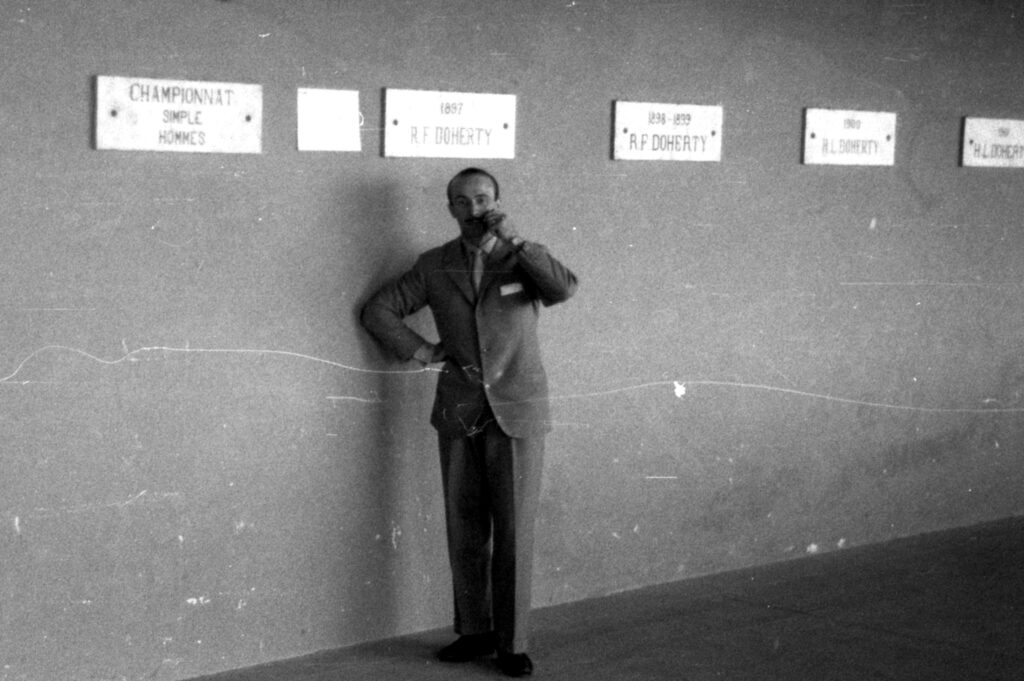
Built atop the rooftops of the cellars of the Hotel de Paris, right opposite the Casino, in 1897 the Club hosted the first edition of the International Tennis Tournament, what is now known as the ‘Monte-Carlo Masters‘. The first ten editions were dominated by Reggie and Laurence Doherty: “Sarah Bernhardt, who had a villa in Bordighera, attended the nineteenth-century achievements of the Doherty brothers (nine Wimbledon titles between them)” (Gianni Clerici, La Repubblica, 16/04/2007).
With the dawn of the new century, a series of relocations and renovations began: in 1905 the Club was moved to the Condamine district and equipped with an additional court; in 1921, it was relocated to the roof of a garage in Beausoleil (FR), right at the border of the Principality, and was renamed “La Festa Country Club.”
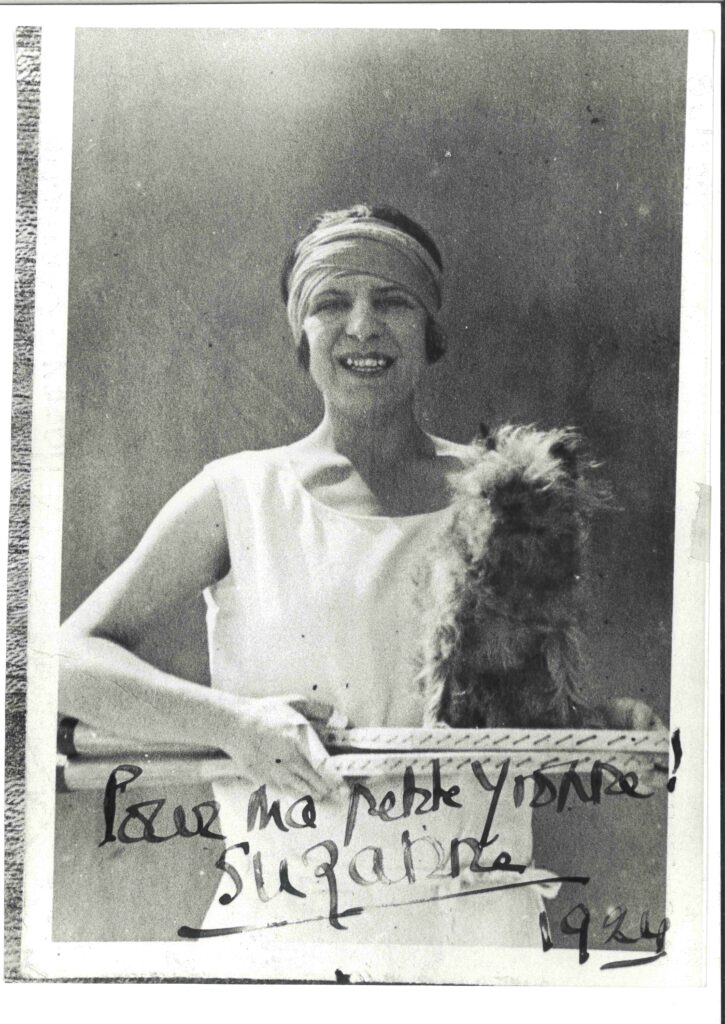
The turning point came in 1925: on the clay courts of the main stadium, four years after her last appearance, Suzanne Lenglen returned to the court. Gianni Clerici would describe her as “the Divine, who grew up right there in Nice. Suzanne was the inventor of a post-Victorian, even modern, style of women’s tennis. With her skimpy outfits, bare thighs, hair wrapped in silk georgette bandanas, and her ‘serve and volley’” (La Repubblica, 16/04/2007). Coming off five Wimbledon titles (1919-1923) and four French Championships (1920-1923), the Parisian player—who had won the Monte Carlo tournament three years in a row from 1919 to 1921—made her return to the Principality after several years away. Among the spectators was a great tennis enthusiast and admirer, American magnate George Pierce Butler, who, after watching her play, hoped for a venue worthy of such talent: “Her Star status deserves a Jewel, not only a simple roof on top of a garage.” Given the limited space within the Principality, an alternative site was chosen for the construction of a new and modern facility: the nearby Saint-Roman district, in the French commune of Roquebrune-Cap-Martin, where in 1928 the “Monte-Carlo Country Club” would be built—a magnificent tennis complex still in use today.
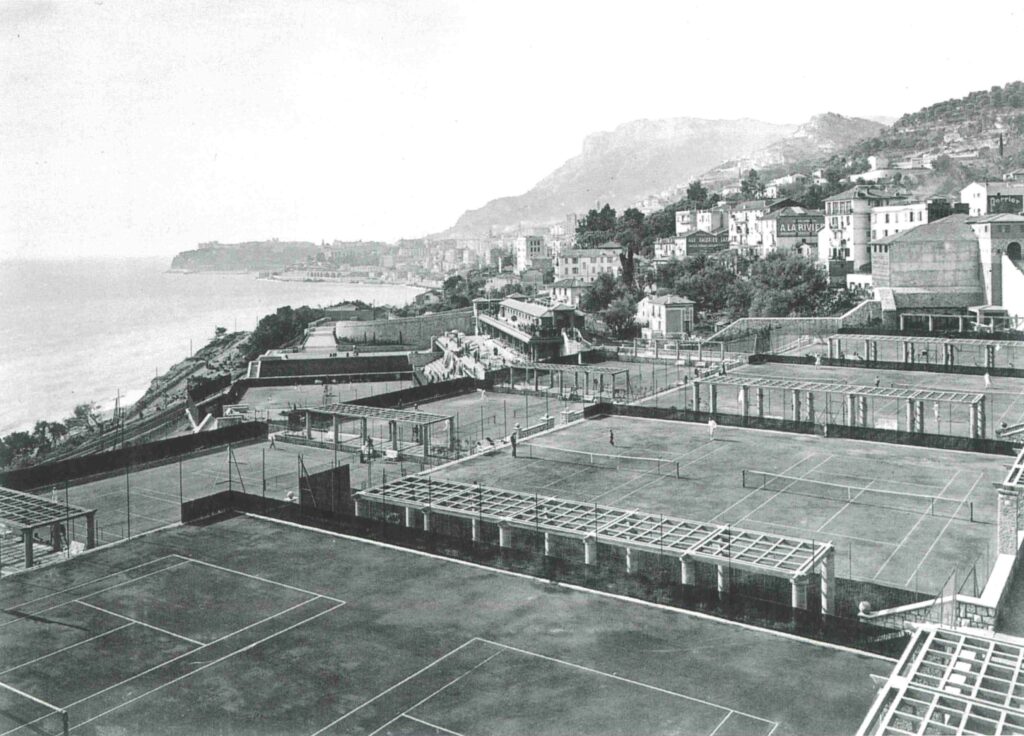
Gianni Clerici spoke about the birth of the Monte-Carlo Country Club as follows (La Repubblica, 16/04/2007):
I could tell many stories about this splendid facility, which slopes down from the yellow-colored building, to the restaurant terrace, to the central court, to a rocky cliff, to the beach, to the bay. […] The Club is still the same, extraordinary, imagined and built, believe it or not, by a very wealthy American, George Pierce Butler, whom everyone called the Commodore, who brought here the dollars he amassed with the invention of the King Size cigarette, for the American Tobacco Company. The Commodore completed the architect Letrosne’s project in 1928, after tennis had landed on the Riviera along with those genuine, and for once peaceful, colonizers who were the English. The English were clients of that Casino which preceded by a little the arrival of a ball game unknown at the time, of which I found a note in the Journal de Monaco from 1880, describing it as “an English import, a kind of jeu de paume, to be played on a lawn, meaning a small grassy area: it will therefore benefit from the hospitality of the pigeon shooting gardens.” From there, from that chic yet cruel place, tennis moved through no fewer than four locations until it finally found a home in the splendid bay, where I return every year as a spectator, after having played there myself, especially doubles.
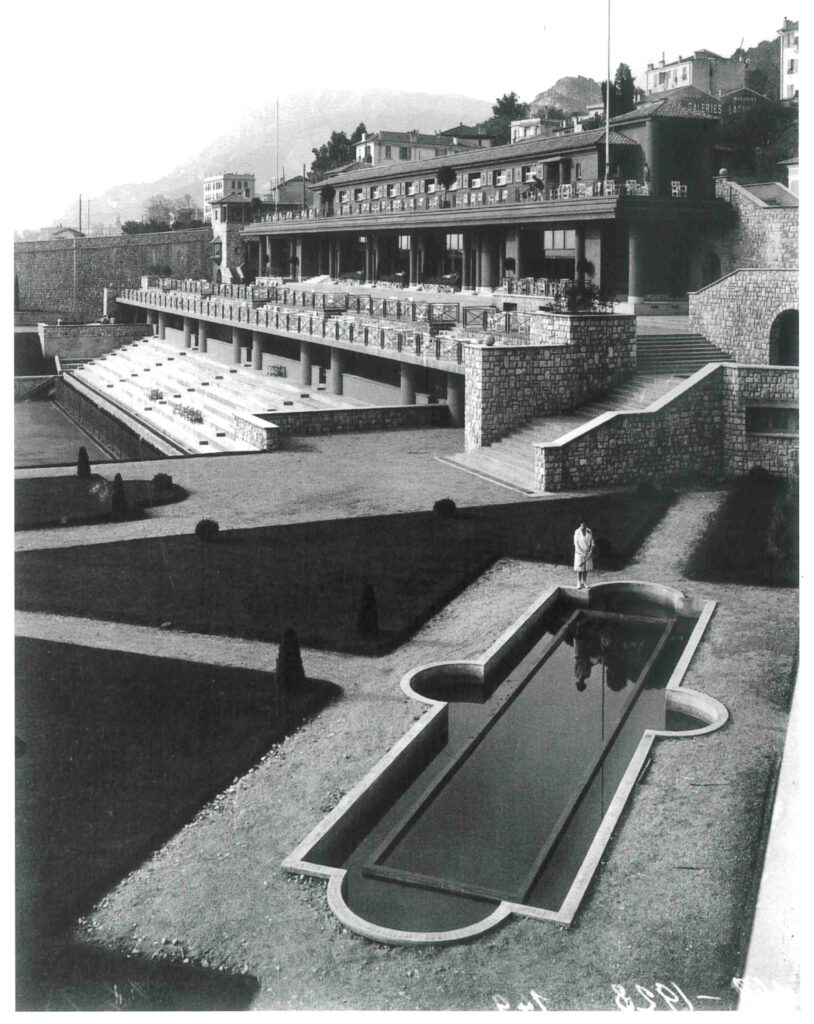
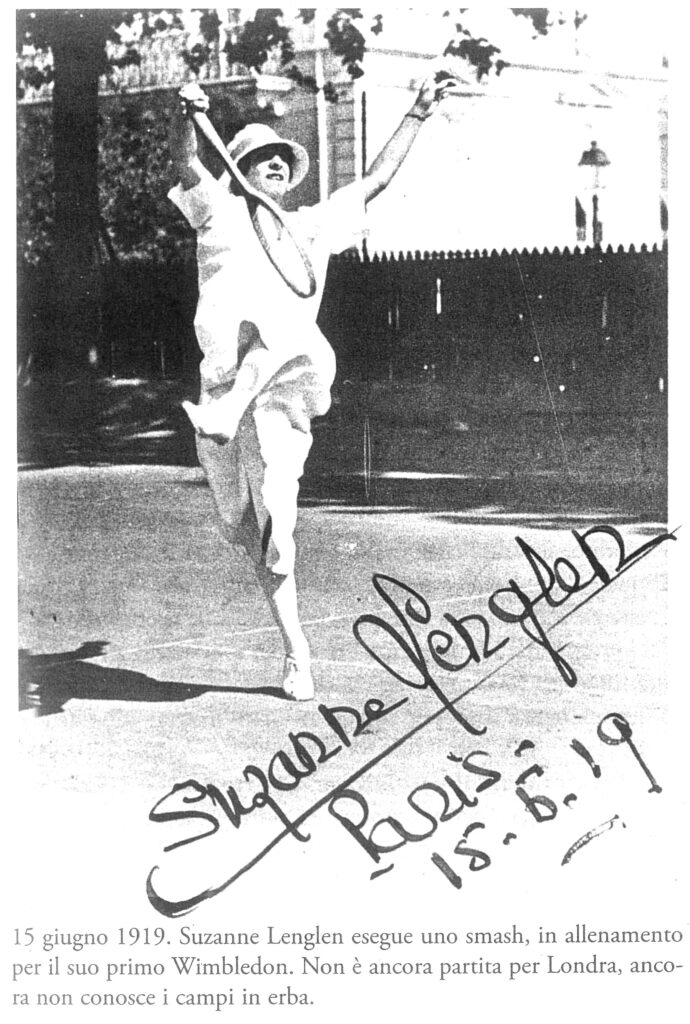
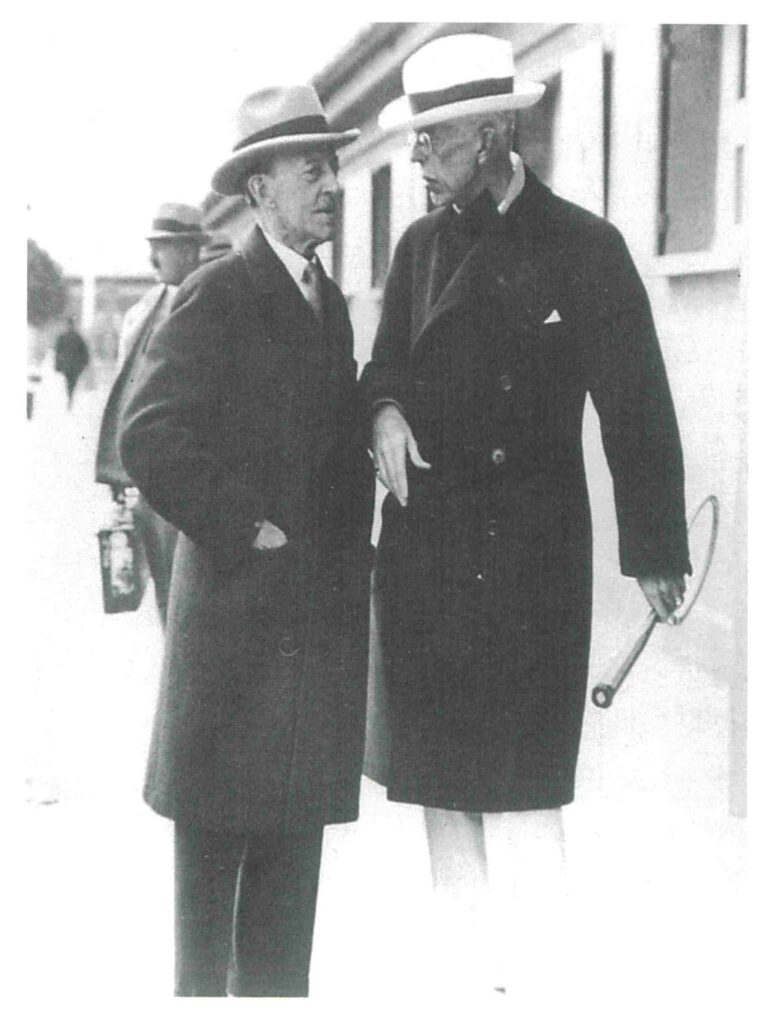
Note: Some images in this article are taken from Michel Sutter’s volume Aujourd’hui 100 ans 1897-1997 Le tournoi de Monte-Carlo, Éditions GGallery, Paris, 1997. The copy held in the collection contains a dedication from the author to Gianni Clerici.

